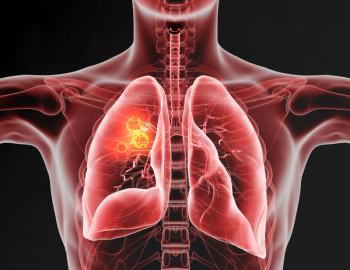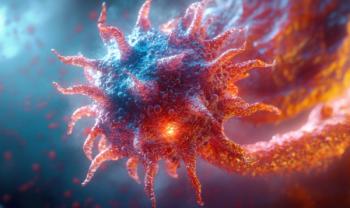
Combination Therapy May Reduce Hepatitis C Treatment Duration
Investigational injectable treatment combined with oral direct-acting antiviral drugs shows results after 8 weeks.
A combinational therapy resulted in a high virologic response rates post-treatment in patients with hepatitis C virus (HCV) genotypes 1 and 4 who did not receive prior treatment.
The phase 2 clinical trial used the investigational injectable treatment RG-101 in combination with oral direct-acting antiviral (DAA) treatment over a 4-week course.
RG-101 works on microRNA-122, which HCV uses to replicate. Drugs that interfere with miR-122 could inhibit replication and act earlier in the viral lifecycle than other approved HCV protease, polymerase, or NS5A inhibitors.
“These early results indicate the potential for RG-101 with oral DAA combination therapy to provide an effective hepatitis C regimen for patients with a short treatment course of just 4 weeks,” said lead study author Mihaly Makara. “We very much hope the long-term, 48-week follow-up data follows the same trend.”
During the study, researchers enrolled 79 HCV genotype 1 or 4 patients who have not received any prior treatment. On day 1, each patient was administered a 2-mg/kg injection of RG-101, followed by a 4 week course of oral DAAs, which included either ledipasvir/sofosbuvir, simeprevir, or daclastasvir followed by a second injection of 2-mg.kg of RG-101 on day 29.
The mean baseline viral load for participants was 5.805 IU/mL.
The interim analysis presented at The International Liver Congress 2016 in Barcelona showed that 97.4% of patients at 8 weeks and 100% of patients at 12 weeks achieved a high virologic response. The high virologic response was determined by using the Abbot RealTimeHCV Assay, which assessed HCV levels below the lower limit of quantification (<12 IU/mL).
The therapy was mostly well tolerated, but there were some mild side effects reported in 11.4% of patients, including headache and fatigue.
“It is encouraging to see a potential treatment combination on the horizon that could limit treatment duration for patients,” said EASL Vice Secretary Tom Hemming Karlsen. “We will be eagerly awaiting the 48 week follow-up data.”
Newsletter
Stay informed on drug updates, treatment guidelines, and pharmacy practice trends—subscribe to Pharmacy Times for weekly clinical insights.

















































































































































































































